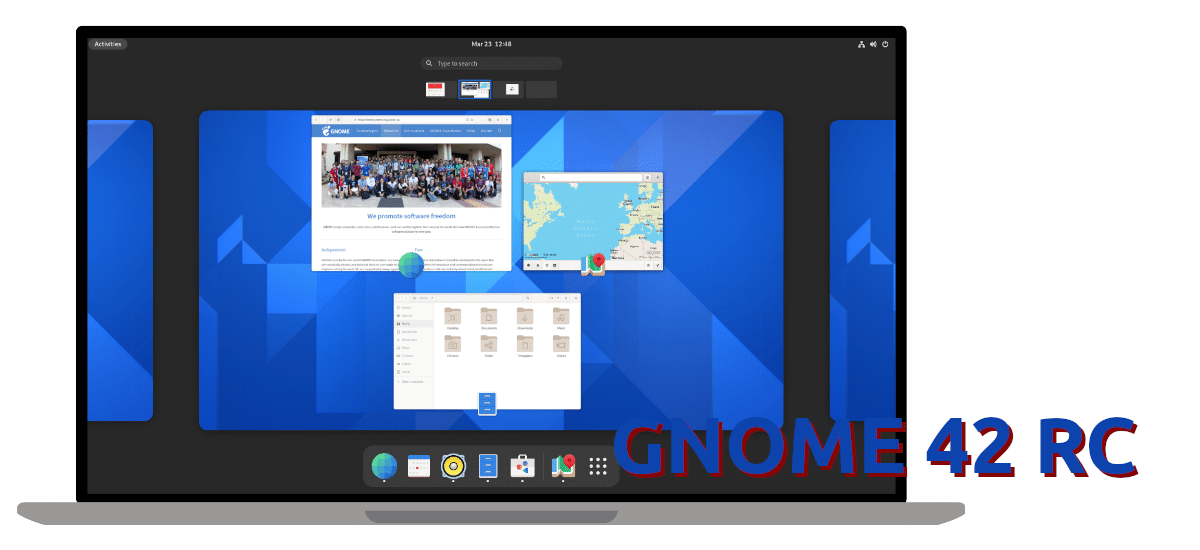
Although it is used in many distributions, those who take more advantage of the new versions of GNOME are Fedora and Ubuntu. The first of the above has always updated, including when the great leap to GNOME 40 was made. On the other hand, the system developed by Canonical has remained one step behind, since it considered that this leap, together with GTK4, was too big and risky Both projects will release a new version of their operating system soon, and both will probably use the stable version of what have thrown today, that is, GNOME 42 RC.
The best way to test what's new in GNOME 42 RC is to use your "operating system", in quotes, since GNOME-OS it is not a complete operating system. This is how Project GNOME explains it, who also links us to the ISO of that pseudo-OS, available at this link. They have also made the GNOME 42 RC code available to anyone interested, but this is only recommended or intended for developers, so that they can prepare everything for the release of the stable version.
GNOME 42 RC now available, stable release on March 23
About GNOME OS, the project says:
It is intended to be installed on a virtual machine with EFI support (such as the version of GNOME Boxes available on Flathub) (I personally had some problems testing the image on the current stable, so I recommend trying version 42.rc available on gnome-nightly if you also have problems, see https://wiki.gnome.org/Apps/Nightly). You can also try installing it on bare metal, but note that hardware support is very limited (join the #gnome-os channel on irc.gnome.org if you're interested).
If nothing happens and the deadlines are met, GNOME 42 will arrive in the form of a stable version next Winners will be announced in March. Fedora 36 will use it for sure, and Ubuntu 22.04 is expected to make the leap from GNOME 40 to currently uses.
For years Gnome and KDE have no longer interested, they are getting worse and duller... if we compare them with MATE-Xfce for example, which are consistent; a lot of people still use some desktops because they are the default ones, I'm sure if you show someone ubuntu-mate they will go for it.
I have to admit that KDE has unique programs like Kdenlive!